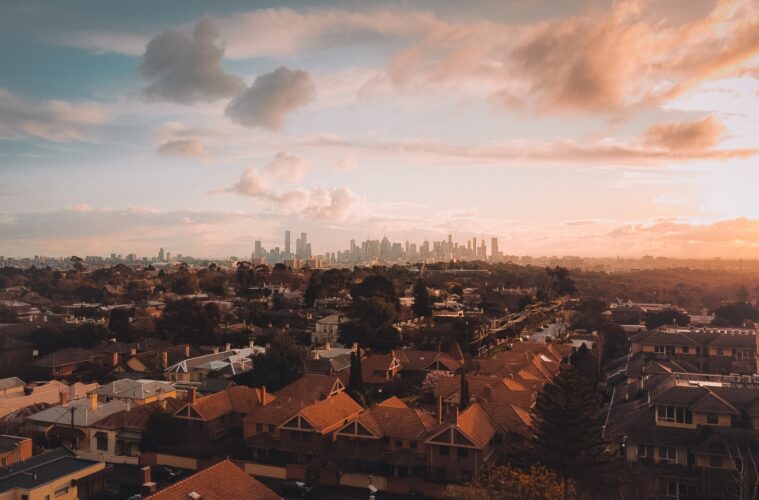Investing in the Australian property market can be challenging for prospective investors considering that investment in Australia is currently outdoing the domestic demand. Property prices in Australia keep fluctuating; thus, accurate timing in choosing the right property for long run benefits is a skill that requires not only patience and critical analysis but also up-to-date market information from buyers agents in your targeted area.
Property Prices in Australian Market
Property prices in the Australian market have hiked, amidst a modest economic growth rate. According to the Australian Bureau of Statistics, housing prices, for instance, recently rose by 11.4% in eight major Australian cities during the Q3 quarter late last year alone. This is based on a 9.27% inflation adjustment, up from an annual rise of 9.23% a year earlier. Sydney saw the widest increase, with residential property prices surging by 19.9% (inflation adjusted at 18.1%) in Q3 of last year. Houses for sale in Melbourne, Australia were the second at 9.9%, Canberra (4%), Brisbane (3.8%), Adelaide (3.5%), and Hobart (1.7%). Residential properties significantly went down in Perth (-3.3%) and Darwin (-2%) over the same period. The average property prices in Australia residential dwellings stood at AU$ 612,200, approximately (US$ 429,734), in late last year, up 10.2% from the previous period.
What Affect Property Price
In southern Australia, the extension of stamp duty concessions on off-the-plan purchases of property and the elimination of the commercial stamp duty are driving property prices up, an area that you might not want to invest in, as an investor keen on the high ratio of profitable properties on your portfolio mix. In Australia, when the time in the market is cramped up, a sellers’ market emerges and pushes demand up thus raising property prices. Zoning too influences land value indirectly, directly affecting tax rates.
Growth factors can as well determine property prices in cities. Sectors that affect growth include manufacturing, construction, scientific and technical services, and finance and insurance services. These should be areas to invest in due to the accompanying home developments for their expected long-term favorable returns. Besides, rental vacancy rates affect rental yield and capital growth rate and the overall domino effect.
How to Know When to Invest
The population explosion in Australia is calling for more investments to quell the chronic housing shortage. The average price of houses in some Australian towns is around $150,000, and the quality of the property you can buy at that price is often quite high. You can invest to capitalize on the need for long-term returns. Only country towns with rapidly increasing populations and large-scale infrastructure projects in the offing stand any chance of attracting investments in properties and are likely to realize future capital growth. If you are an investor sensitive to money value, go for markets with growth in median household incomes which surpass inflation rates. This signifies that a location is emerging as more affluent for further potential investments.
As a prudent investor, be sensitive to regular statistics on auction clearance rates, vendor discounts, vacancy rates, and rental yields since they are a critical indication of demand versus supply. For instance, small discounts from vendors will mean that buyers do not need to lower their prices to sell the same property. Buying a house in Australia? Finding a mortgage broker to help you find a home loan for your preferences would be a great idea. Plan your budget with limitations on what you cannot afford.
READ ALSO: Pay Off Mortgage Early Or Invest | What’s The Smart Move?
Best Place to Invest in Australia
Wondering where to buy investment property in Australia? The Gold Coast property market is on the rise. It is expected to be one of the top investment options, with suburbs enjoying waterfront views with a whopping 25% spike in land values. Likewise, is Queensland with over 141,000 properties within the city, where land values have increased by 14.4 percent? Other top suburbs are Runaway, with an increase of (25 percent), Bilinga (24.4 percent), Broad Beach (25 percent), and Labrador (22.9 percent). There are also houses for sale in Melbourne Australia. All these will prove to be excellent deals when investing in Australian property.

